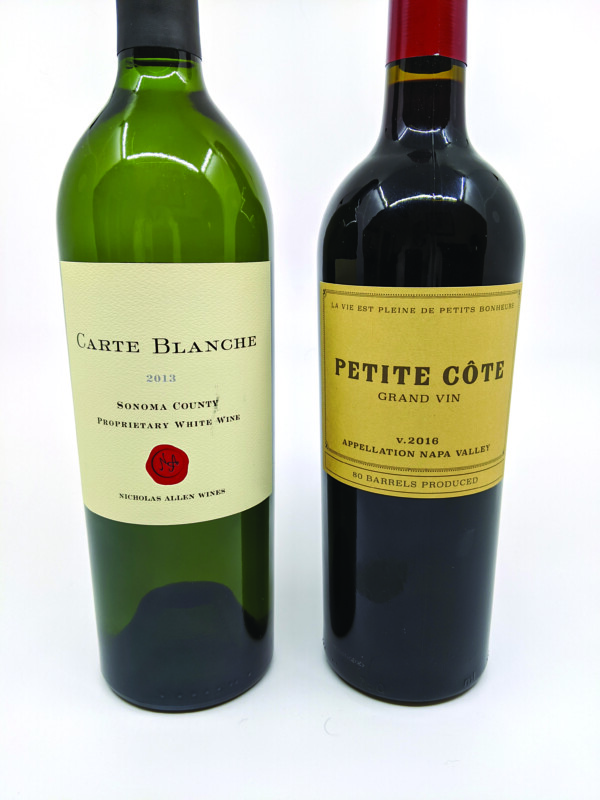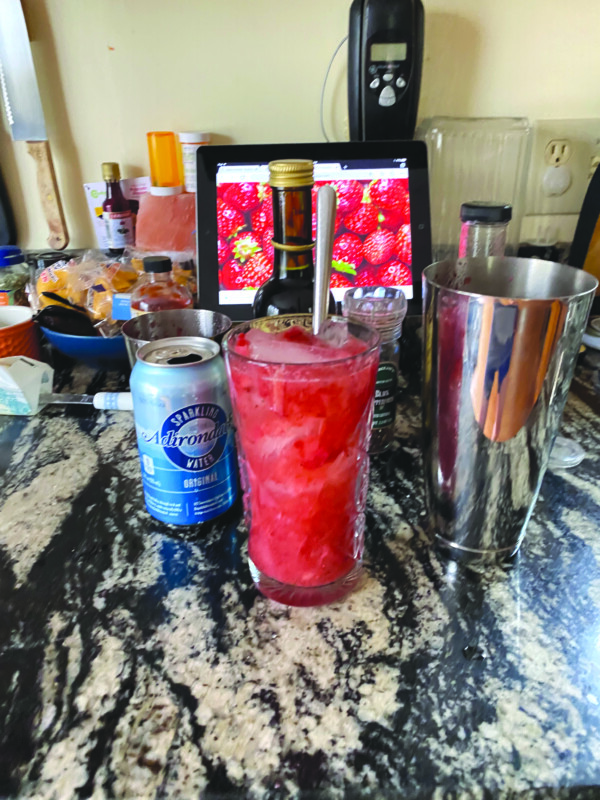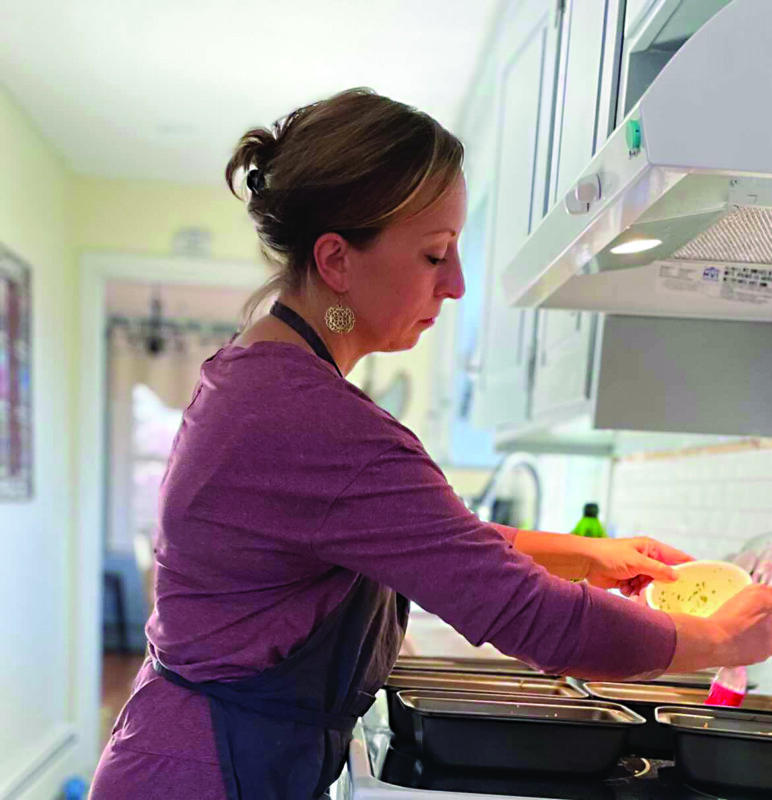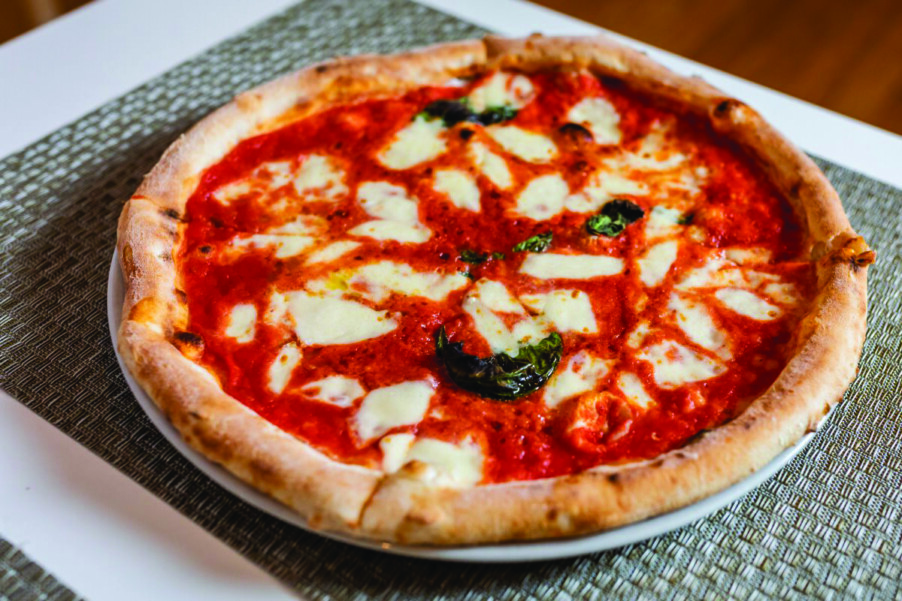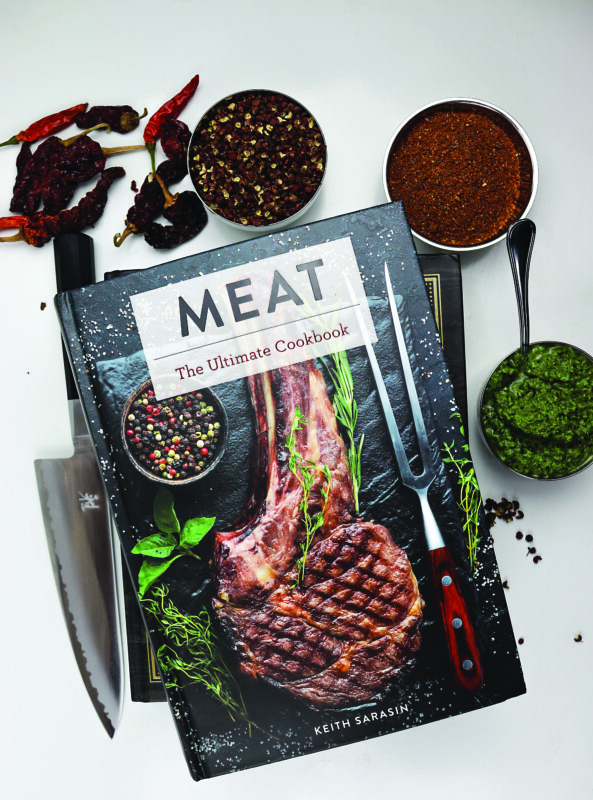A look at American takes on French-style blends
While blending of grape varietals is not new to California winemaking, Thomas Jefferson would be pleased with some of the latest refinements to this exercise in creating nuanced and complex wines.
A lover of all things French, Jefferson was a true champion of the Bordeaux style of making wine. His favorite red wines came from the left or west bank of the Gironde River, where the blends consisted of cabernet sauvignon, merlot and petit verdot. His favorite white wines came from the Entre-Deux-Mers region that lies between the Gironde and Dordogne rivers, with sauvignon blanc as the dominant grape. From Jefferson’s day to today, French wine has been the standard by which all wines are judged. When the blind tasting of the Judgment of Paris, formally known as the Paris Wine Tasting of 1976, rated a California chardonnay and cabernet sauvignon best in each category, that standard was questioned. So is it odd that winemakers from California still try to emulate the French manner of blending grapes? Not at all, as blending adds much to the structure and complexity of the wine.
Our first wine, a 2013 Carte Blanche Proprietary White Wine (originally priced at $39.99, reduced to $12.99 at the New Hampshire Liquor & Wine Outlets) is a classic white Bordeaux, inspired by the blend of 68 percent sauvignon blanc and 32 percent semillon. The sauvignon blanc grapes come from the Blau Vineyards of Knights Valley, an AVA name that is incongruous, as this AVA is at a high elevation between Napa and Sonoma counties. The semillon grapes come from the DeLorimier Vineyard of Alexander Valley, an AVA immediately west of Knights Valley. The higher elevations and cooler climates of the Knights Valley allow for slow ripening, coaxing a full range of flavors that result in this vibrant and full-bodied wine.
Nicolas Allen Wines, the maker of this exceptional white wine, is based in the Carneros region of Sonoma County, but the family that makes this wine has been in business for nearly a century. Carte Blanche is a label from the fourth generation of vineyard owners, the first being Clarence Dillon, an American financier who purchased Chateau Haut-Brion in Bordeaux, the only first-growth Bordeaux owned by Americans, the first of several other French wineries he acquired over the course of years.
At 8 years old, this is an older version of a white wine, which may contribute to its dark straw-like color and floral, yeasty nose. The semillon calms the familiar citric or grassy notes one usually encounters with a sauvignon blanc. To the tongue it is soft and buttery like a croissant. Also, in another departure from traditional American sauvignon blanc that is fermented in stainless steel tanks, this wine was barrel aged for 10 months in 20 percent new oak manufactured by the famous Taransaud barrel makers. At only 150 cases, this is an extremely low-production wine. When chilled it can stand alone,or be enjoyed with a salad or grilled fish on the patio.
Our second wine, a 2016 Petite Cote Napa Valley Red Blend (originally priced at $49.99, reduced to $22.99 at the New Hampshire Liquor & Wine Outlets) honors the heritage of Bordeaux’s finest Right Bank wines that is based on a blend of 75 percent merlot, 15 percent cabernet sauvignon and 10 percent petit verdot. Created for restaurants, the wine has a subtle nose of plum and blackberry. To the tongue it is full of notes of vanilla and chocolate, lasting in a long finish. Its tannins are present with a light, dry sense of leather. This is a wine to be enjoyed with grilled steak and will complement lamb well. It can be cellared for a few years and still retain its rich fruit.
Produced from vineyards throughout the Napa Valley with its warm days and cool nights, and with great blending skill, this wine can stand up against any production-focused Bordeaux red. Created by Jean-Charles Boisset, the Boisset Collection of wines counts among 15 California-based wineries and 13 French wineries, a true blending of cultures and expertise.
These two perfectly balanced wines are to be enjoyed with the onset of warmer weather, relaxing in the afternoon, or over an early evening dinner on the patio.

